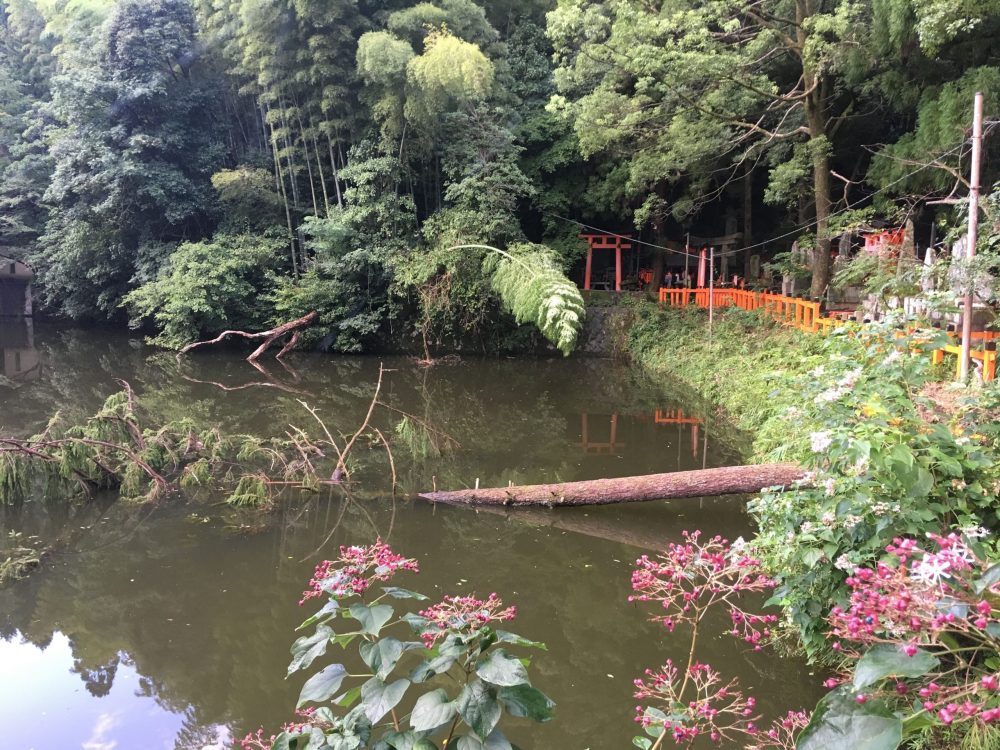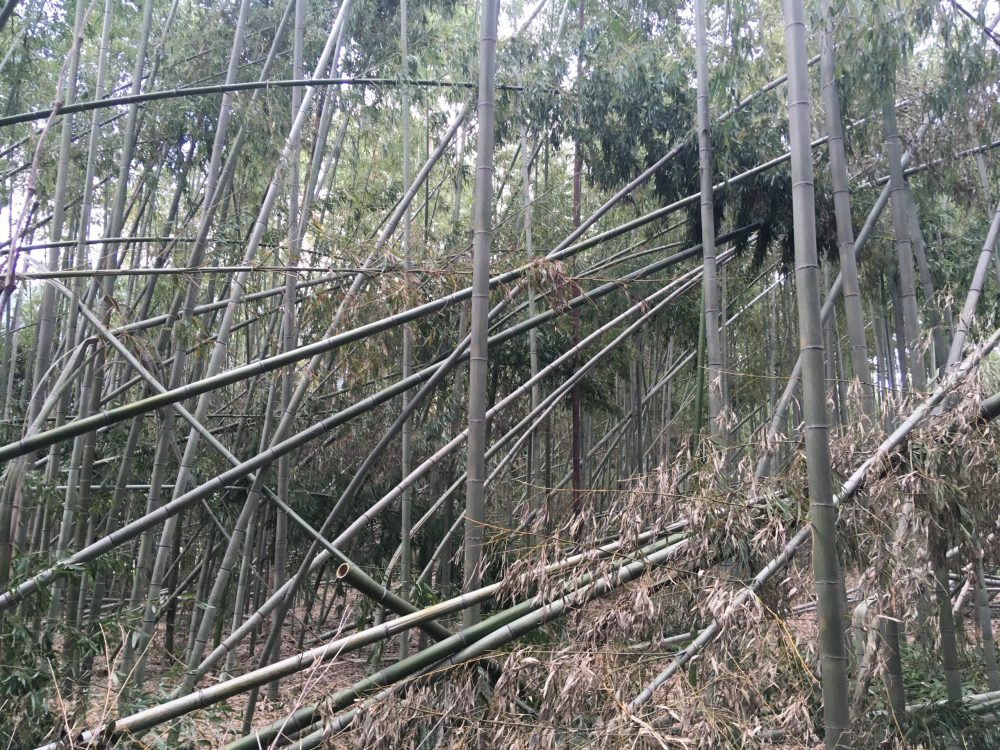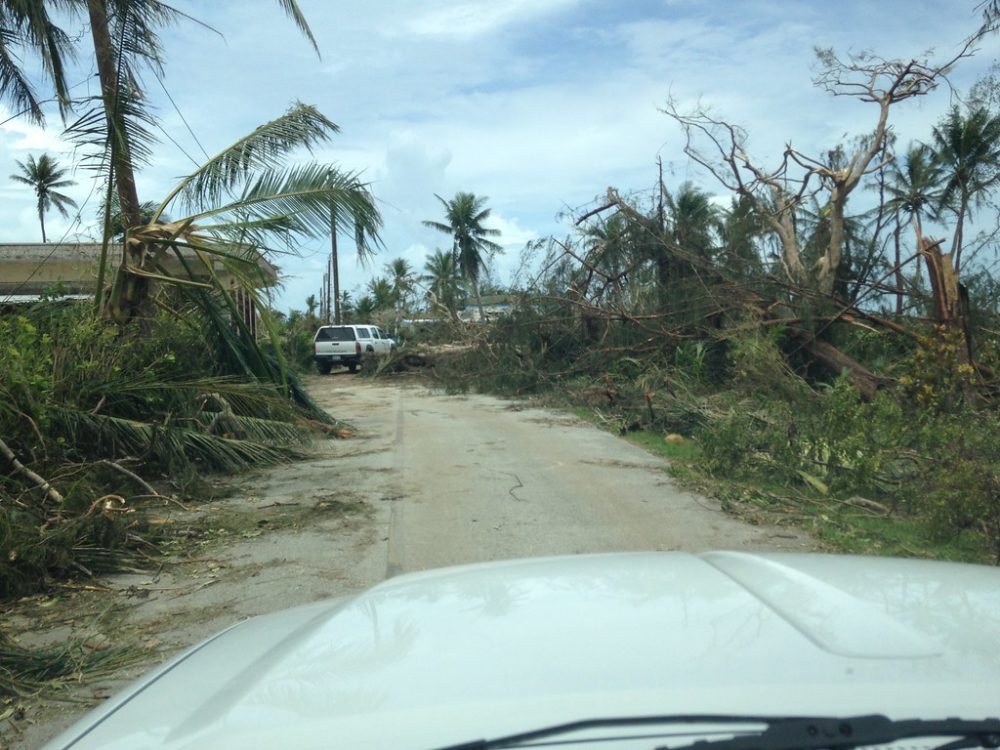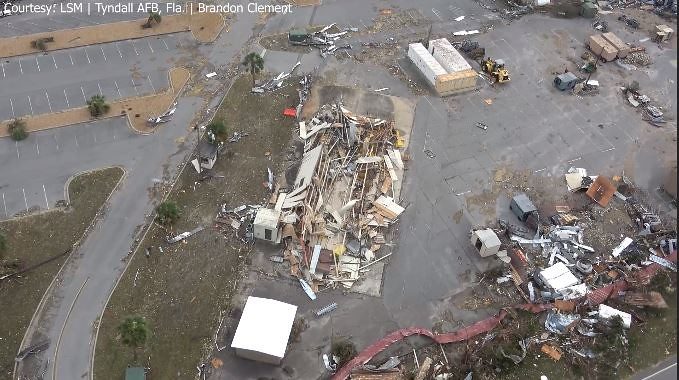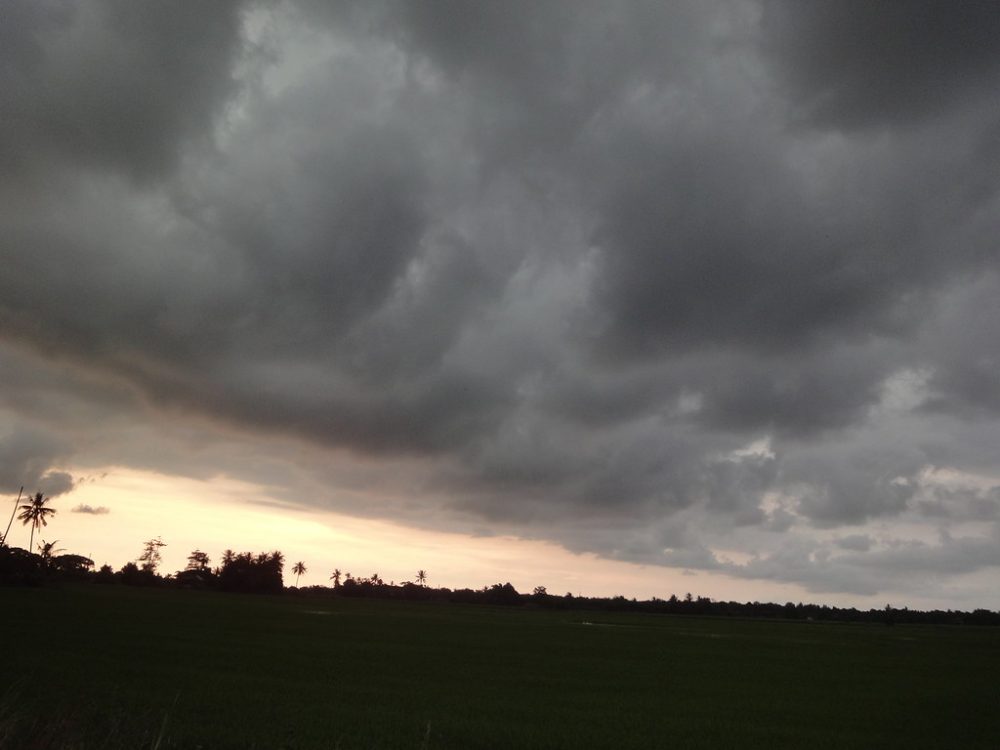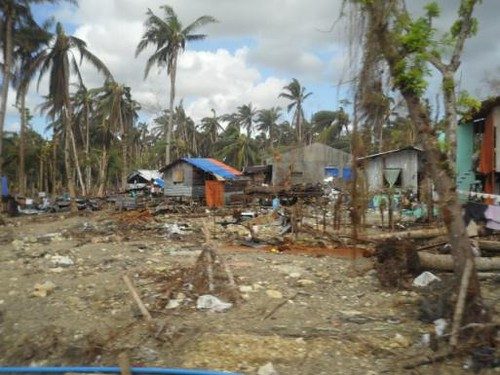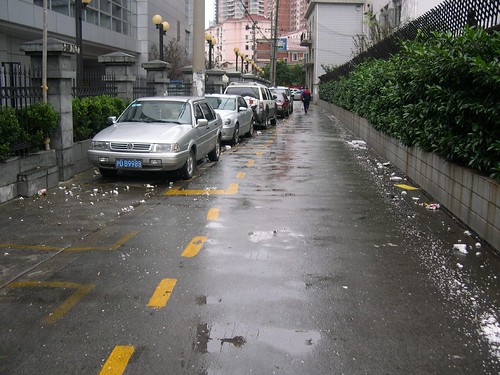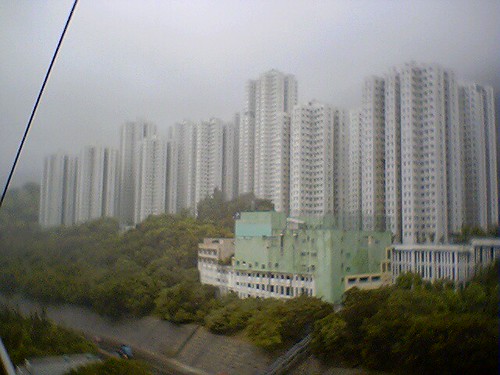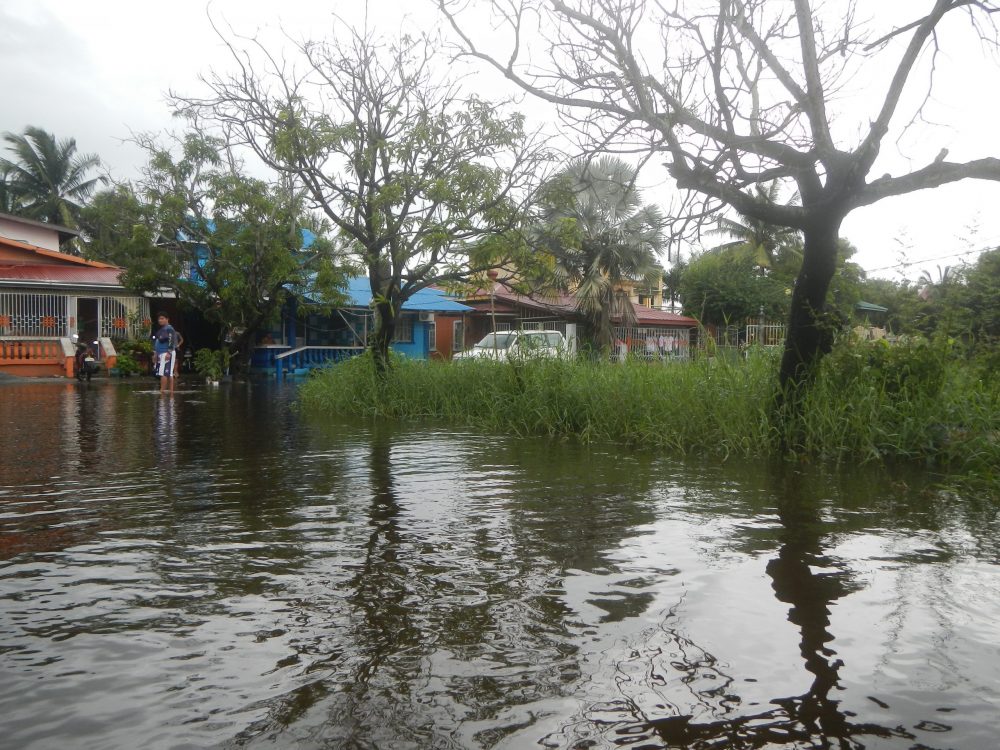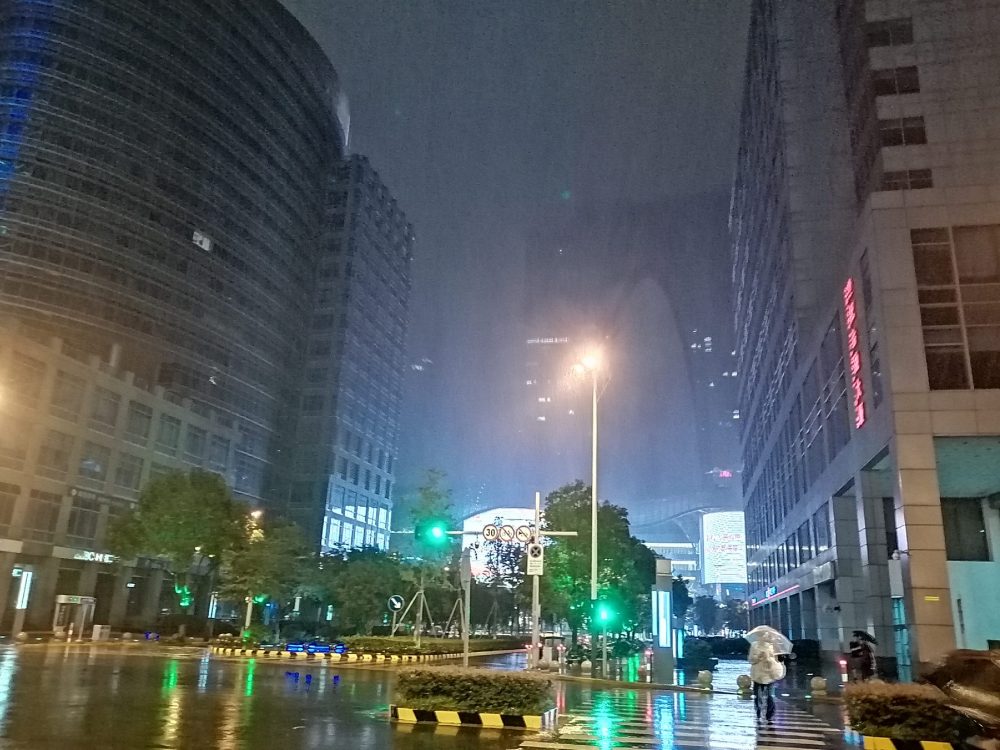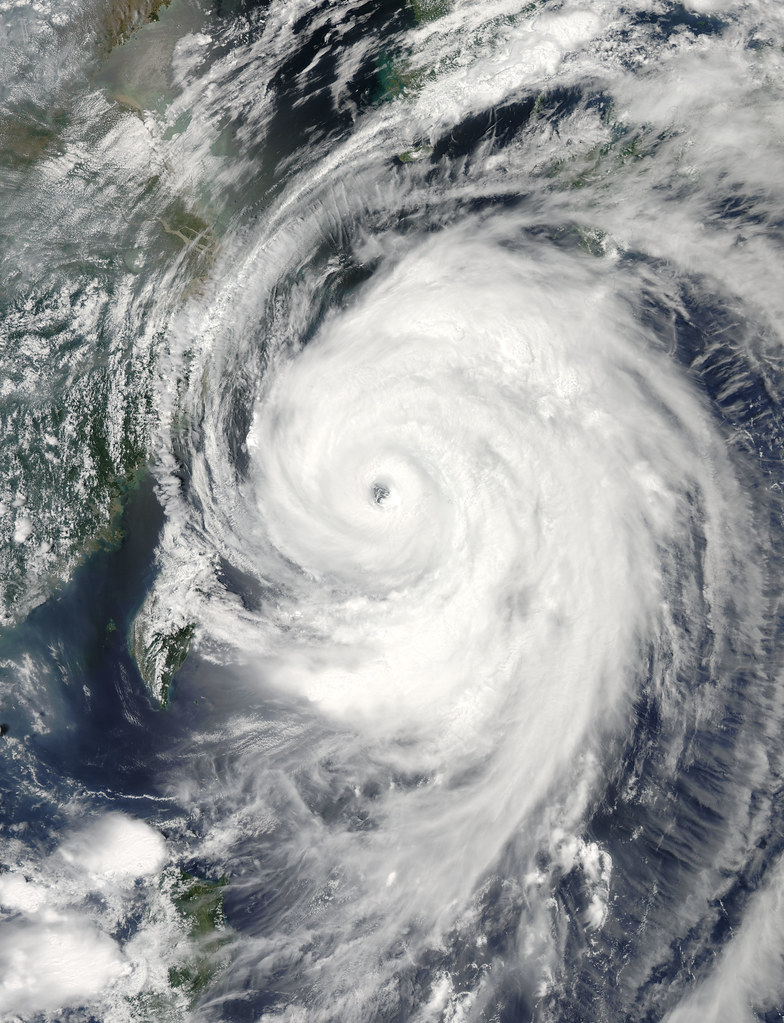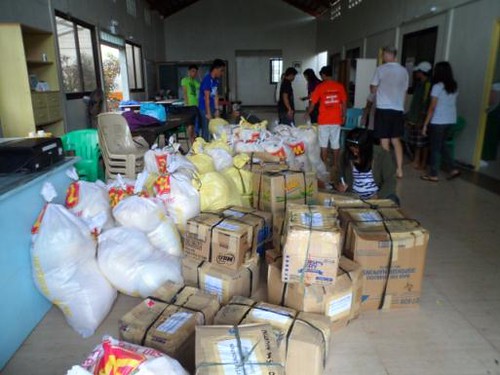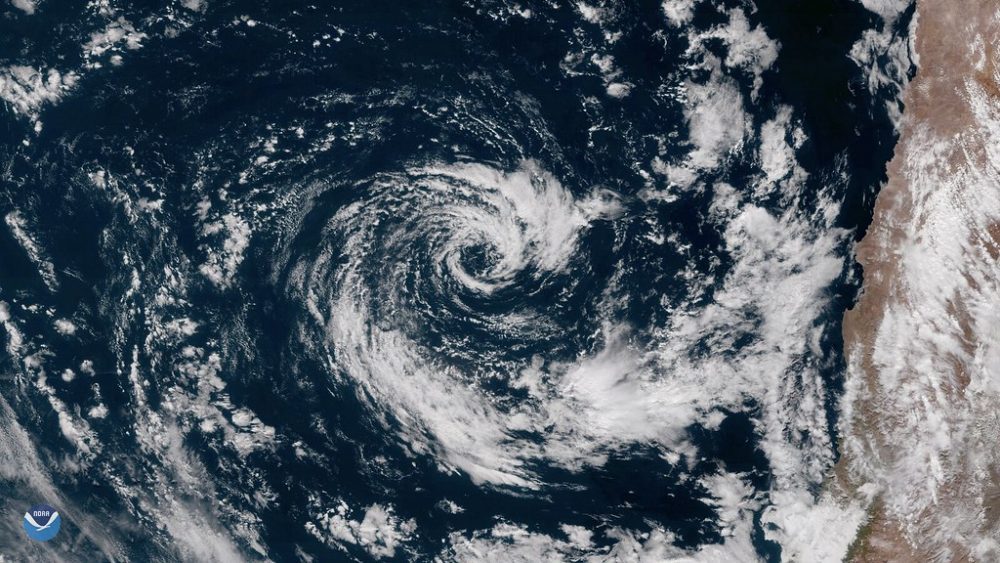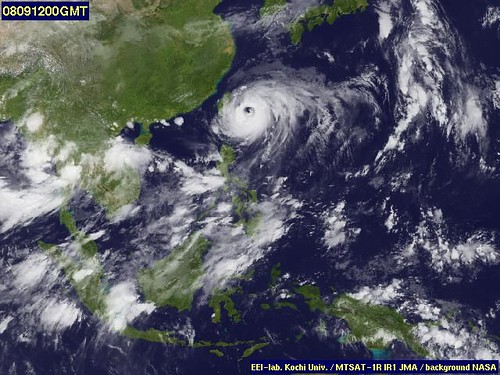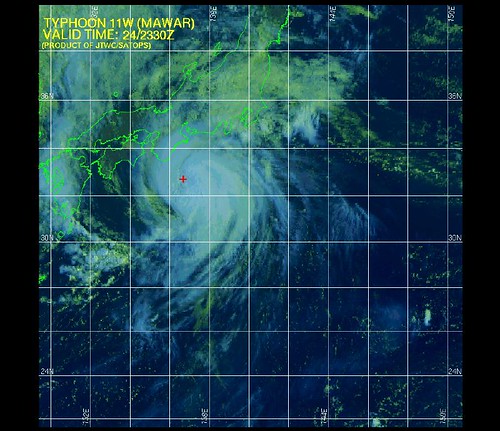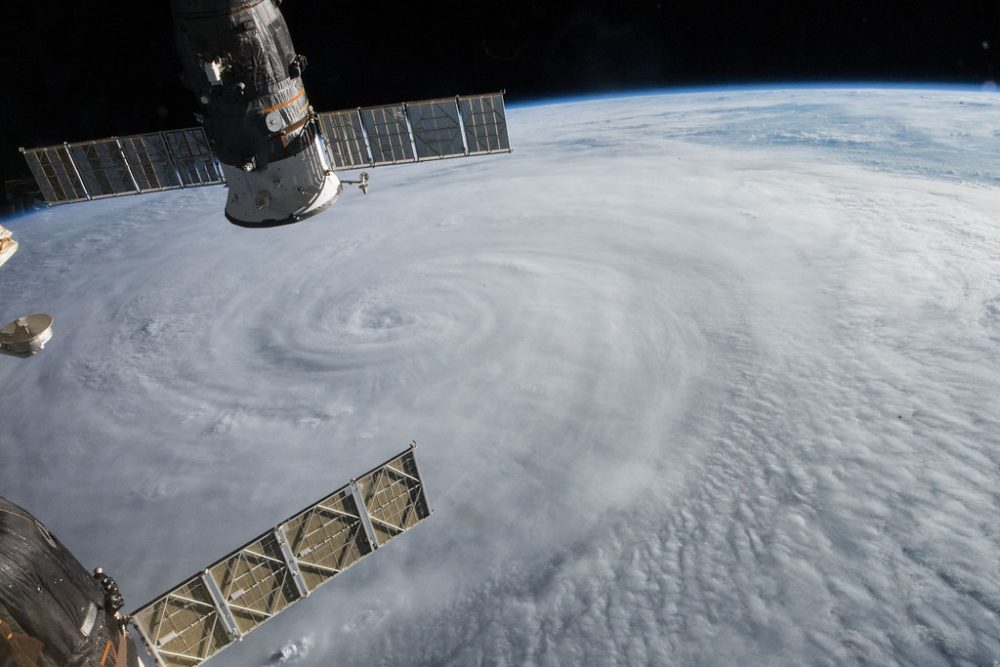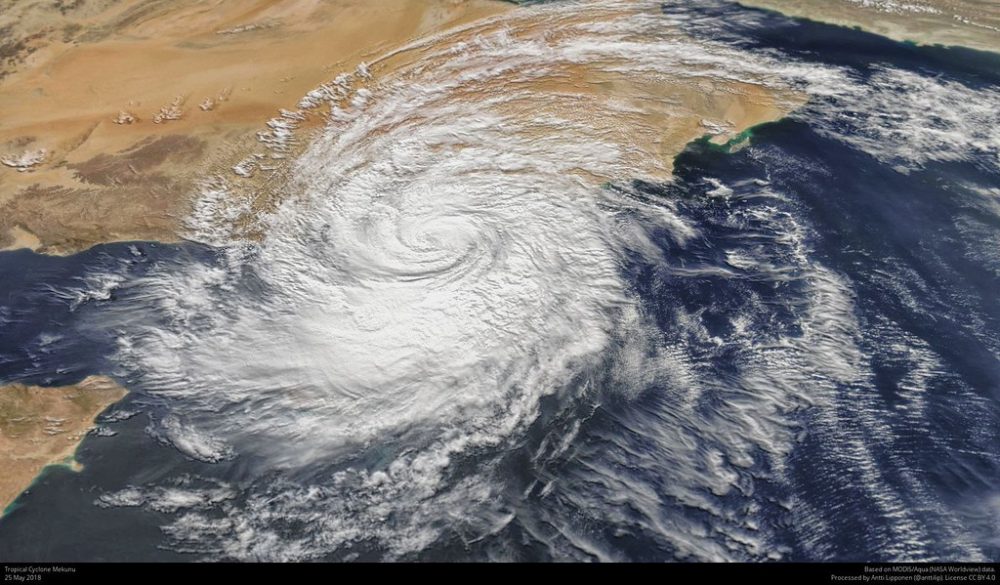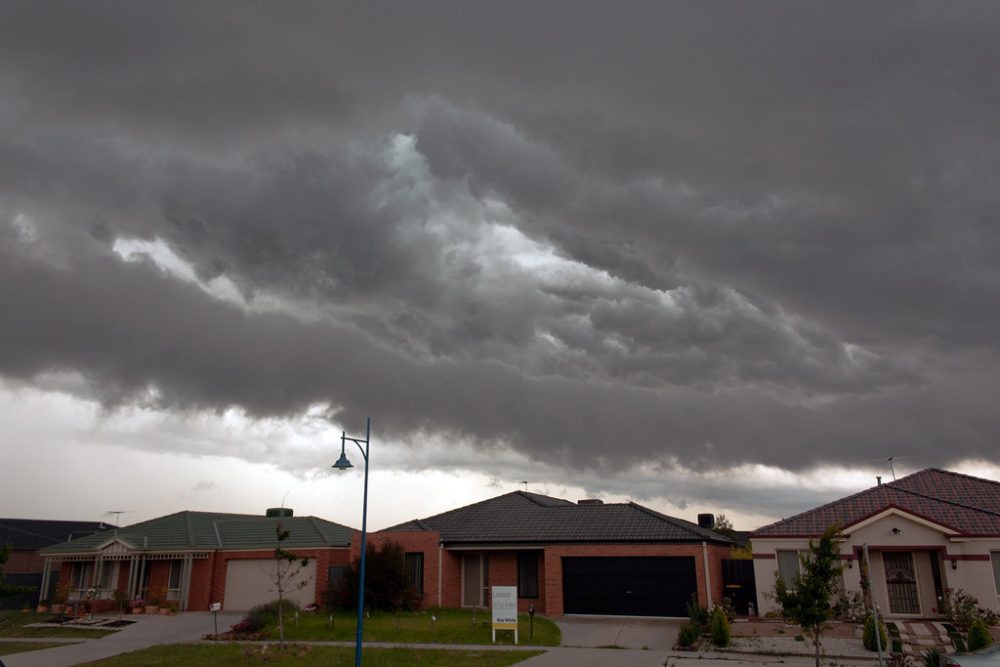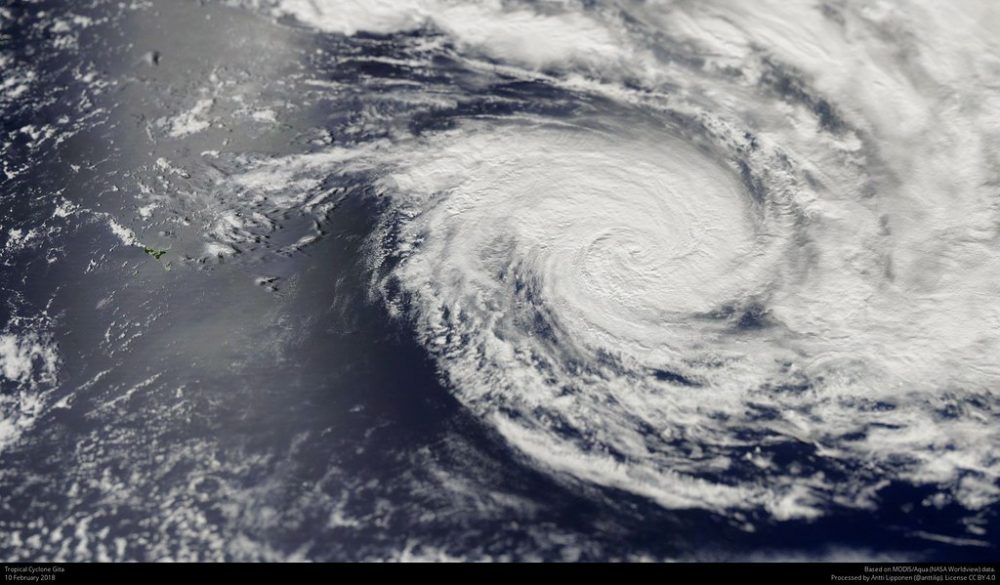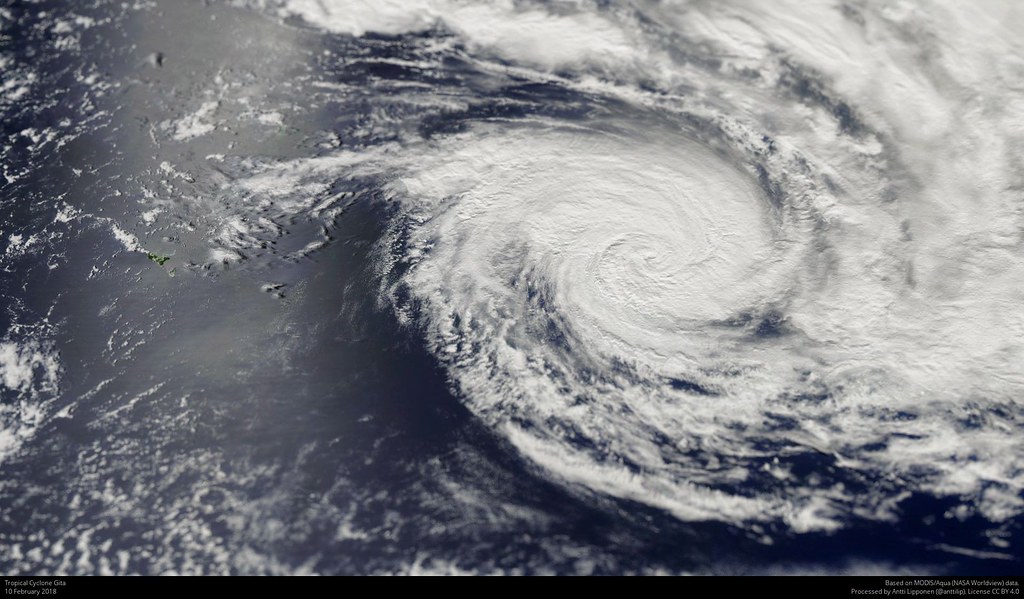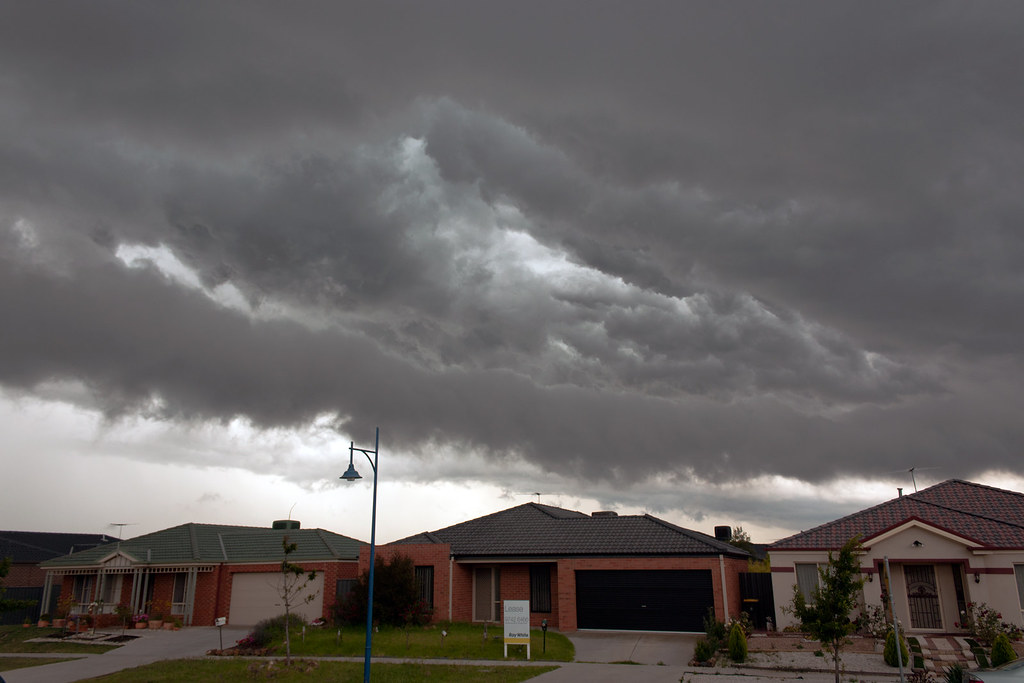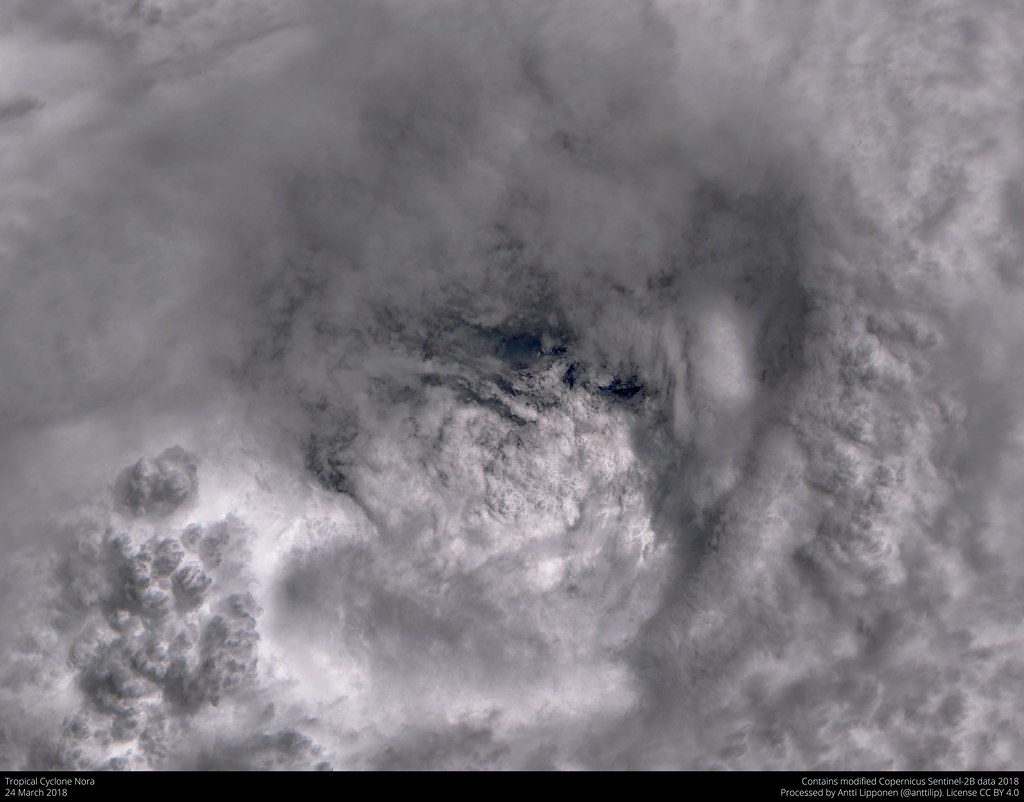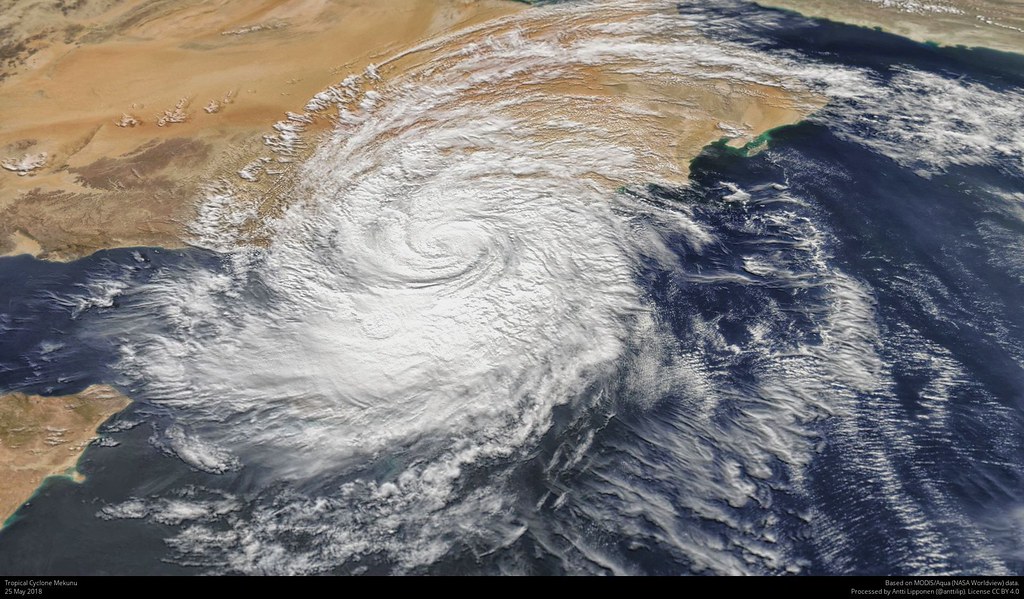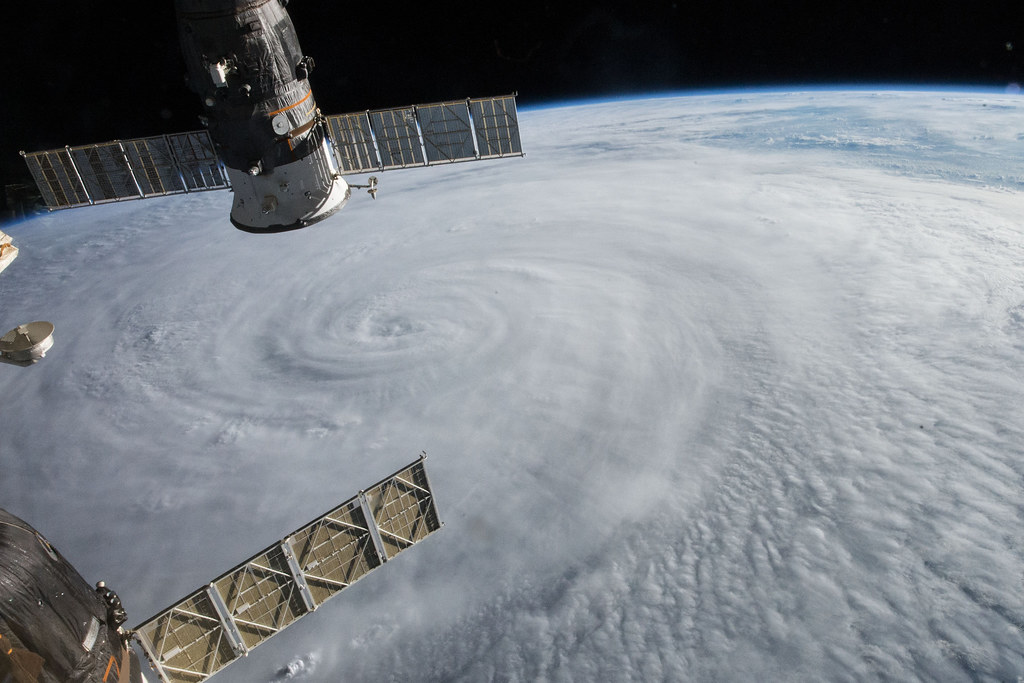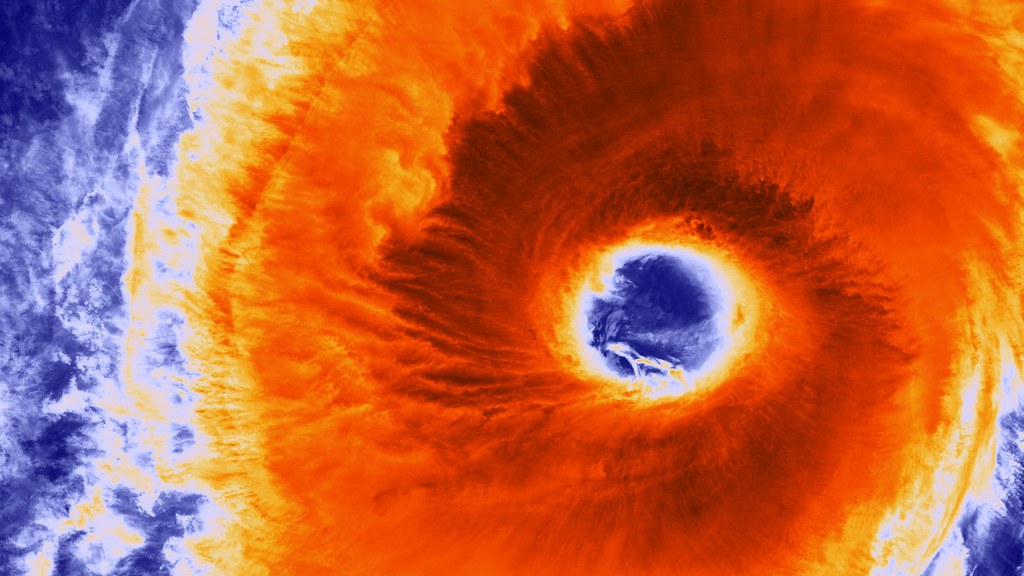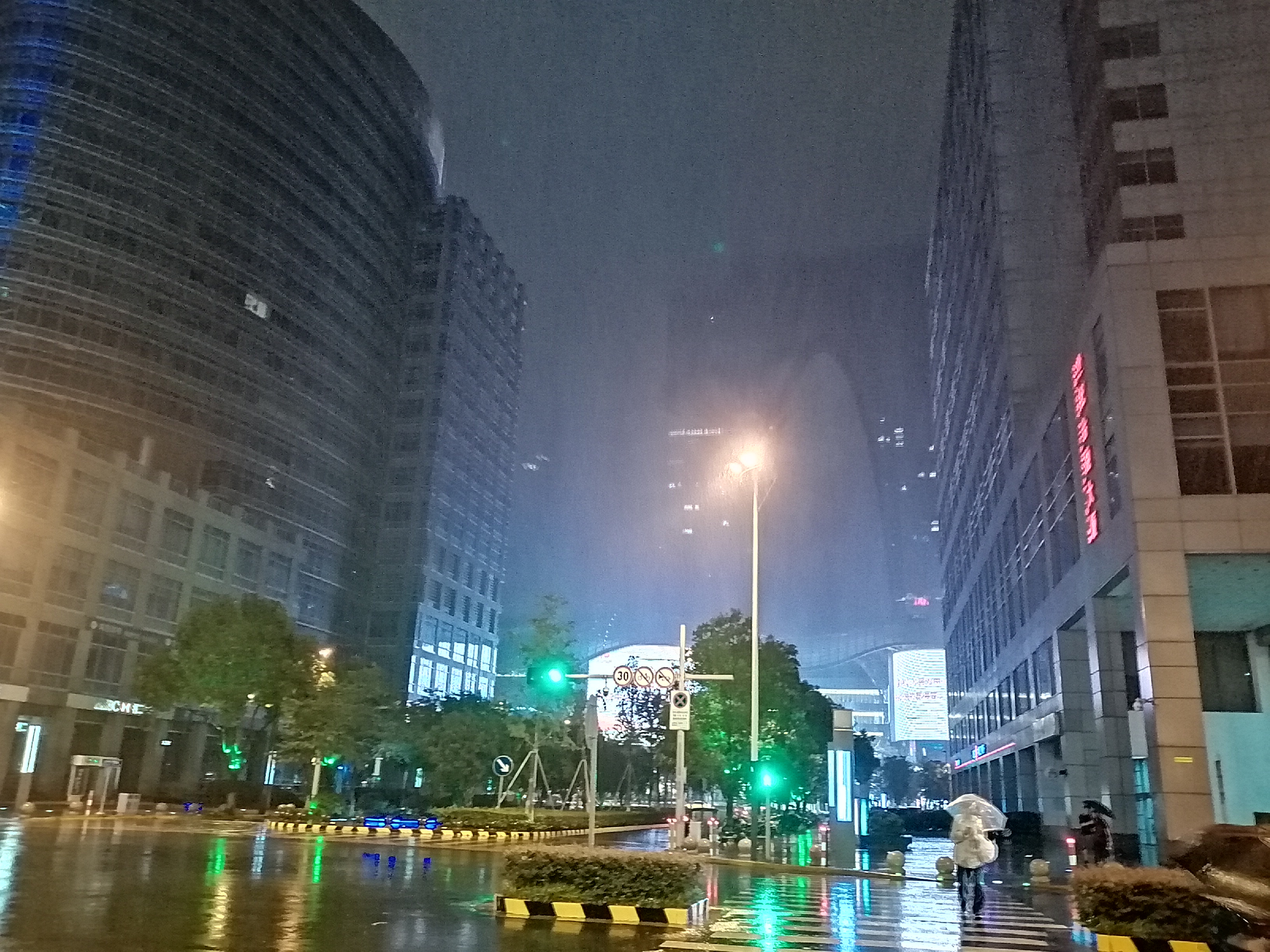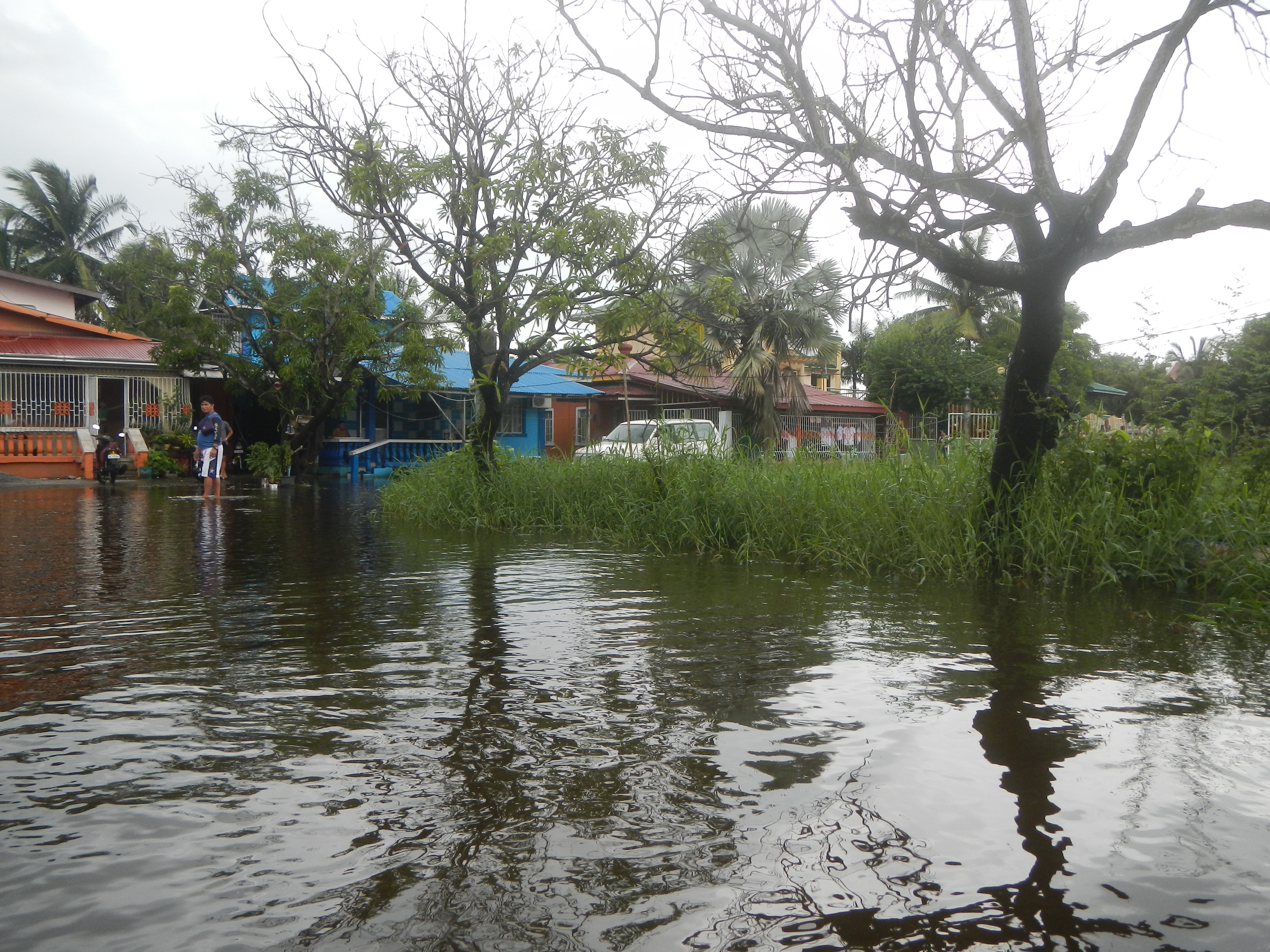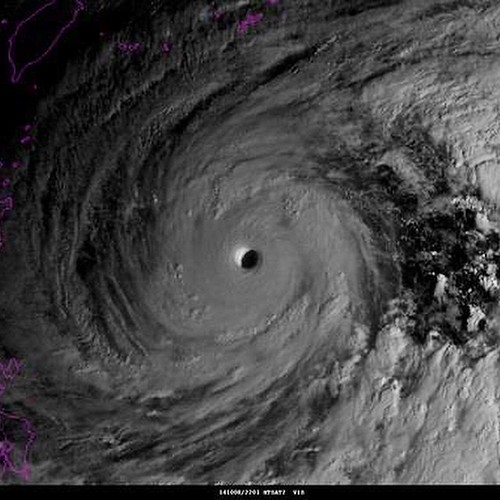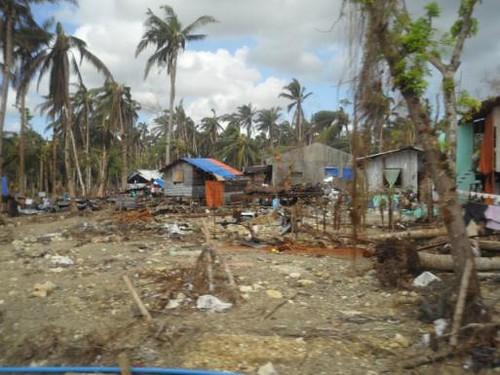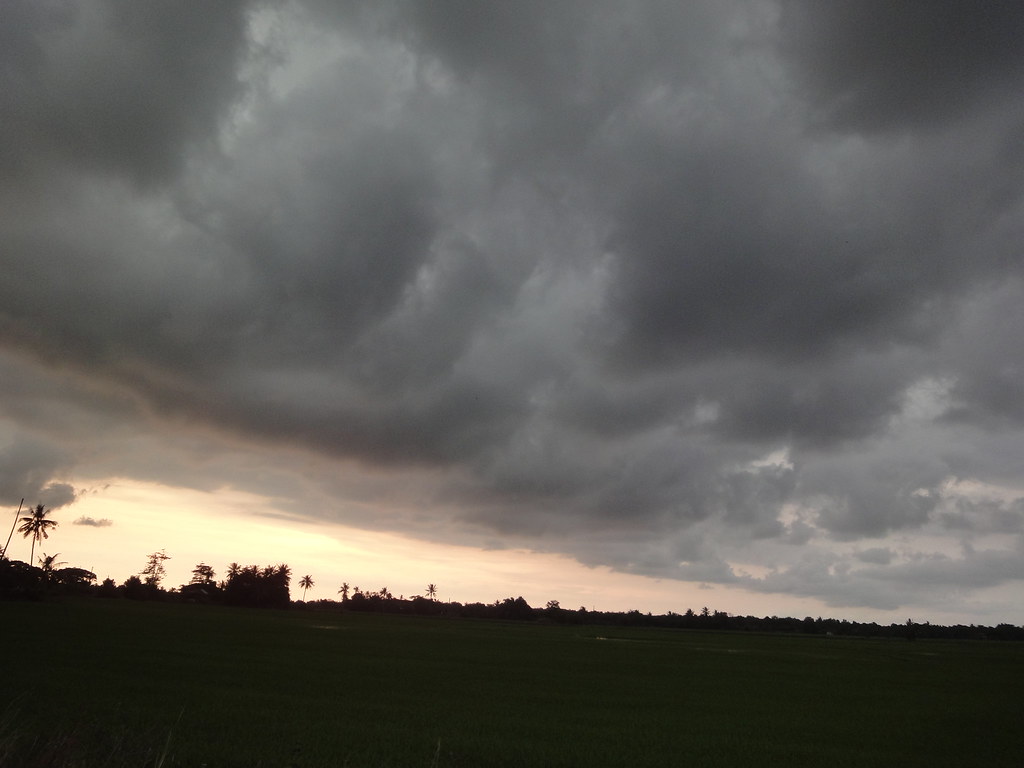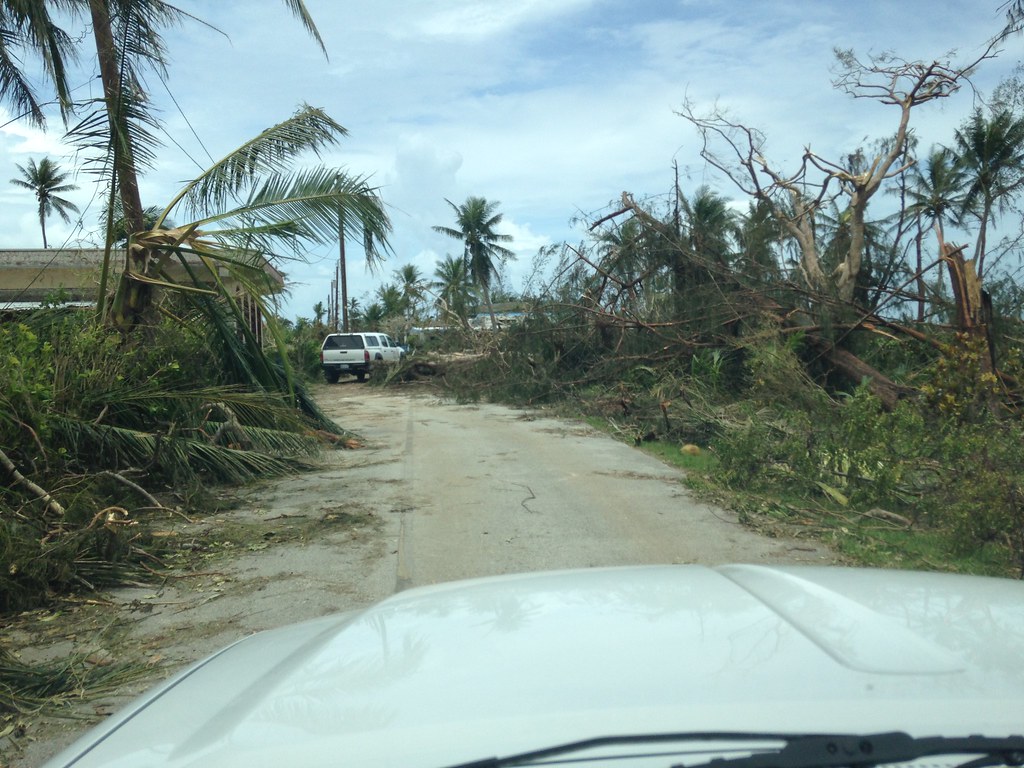We can now track where these typhoons go, and we can gain insights on how fast they travel. We know the wind speeds they produce and how much damage they can cause. With weather conditions such as typhoons and hurricanes getting worse and worse, it’s important to remind ourselves just how destructive these events can be. Today we look at some of the worst typhoons in history. Here are the 25 Scariest Typhoons to Ever Make Landfall. By Mount Hidegadake, in Nara, a peak rainfall total of 42.4 inches, including 36.3 inches in just 24 hours. Super Typhoon Bess was responsible for $2.38 billion in damage and 95 fatalities. Mireille It was indicated that Vongfong had become equivalent to a Category 5 hurricane on the Saffir–Simpson hurricane wind scale, with 180 MPH winds. It maintained this intensity for a total of 30 hours. At 215 MPH Typhoon Nancy holds the record of the typhoon with the highest winds. It also held it’s category 5 classification for a grand total of 132 hours. Two foot tall tides destroyed over 120,000 acres of rice fields. It claimed the lives of over one thousand people and left 12,000 people homeless. Ahead of the storm 99 typhoon bulletins were issued, warning residents about Mireille. There were 236 warnings related to storm surge, high winds, waves, and flooding. In total Mireille did $18.8 billion in damage across several countries. It did $9.26 Billion in damages in China alone. It also indirectly affected the Philippines by enhancing a monsoon which caused massive flooding. It was reported that in just three cities alone there were over 10,000 power outages. In Japan alone Neoguri did an estimated $632 million in damages. Not only that but the passage that Neoguri took to make landfall brought with a massive heat wave that saw temperatures of 100 degrees fahrenheit. Vera was classified as a category 5 super typhoon when it hit on September 20th, 1959. It destroyed thousands of homes, ruined coutless crops, and flooded rivers and it left over 1 million people homeless. Mangkhut left behind a trail of severe destruction in its wake. It caused a total of $3.77 billion in damages across the multiple nations it hit. At peak intensity it had ten-minute maximum sustained winds of 215 km/h (130 mph). It also broke a record, leaving 4.85 million households on the island without power. It’s category is unknown but what is known from historical records is that it was massive. It was so large in fact that it’s effects were felt in Korea, the Philippines, China, Japan, parts of Russia, and even Alaska. “Stormy Weather” by Rexness is licensed under CC BY-SA 2.0 “Inundação pelo Tufão Hagibis, Japão / Flooding by Hagibis Typhoon, Japan” by Coordenação-Geral de Observação da Terra/INPE is licensed under CC BY-SA 2.0 “Ton Duc Thang street” by MrTMan is licensed under CC BY-SA 2.0 “Tropical Cyclone Nora 2018 03 24” by anttilipponen is licensed under CC BY 2.0 “Tropical Cyclone Mekunu 2018 05 25” by anttilipponen is licensed under CC BY 2.0 “Typhoon Soudelor Seen from the ISS” by NASA Earth Observatory is licensed under CC BY 2.0 “Typhoon #11” by Mr Wabu is licensed under CC BY-SA 2.0 “Typhoon Champi Develops Massive Eye” by NASA Goddard Photo and Video is licensed under CC BY 2.0 “Relief supplies” by RSCJ Photos is licensed under CC BY-ND 2.0 “Typhoon Neoguri in the East China Sea” by NASA Goddard Photo and Video is licensed under CC BY 2.0 “File:Typhoon Lekima affected in Suzhou-20190810.jpg” by Shwangtianyuan is licensed under CC BY-SA 4.0 “File:4079Typhoons Krosa-Lekima monsoon tidal flooding in Calumpit, Bulacan 23.jpg” by Judgefloro is licensed under CC0 1.0 “20040716 001 Typhoon 8.JPG” by Sheta is licensed under CC BY-ND 2.0 “After a Typhoon” by ullrich.c is licensed under CC BY-SA 2.0 “Vongfong — the strongest tropical cyclone of the year, equivalent to a Category 5 hurricane, headed for Japan. Be careful, friends.” by BitBoy is licensed under CC BY 2.0 “Destruction” by RSCJ Photos is licensed under CC BY-ND 2.0 “Storm at Kuala Kedah” by Marufish is licensed under CC BY-SA 2.0 “TyndallAFB2” by SERCAP is licensed under CC BY 2.0 “Typhoon Soudelor damage on Saipan” by Western Area Power Admin is licensed under CC BY 2.0 “2005 Cyclone Percy, Tokelau” by DFAT photo library is licensed under CC BY 2.0 “File:Kyoto after Typhoon Jebi 10.jpg” by Christophe95 is licensed under CC BY-SA 4.0 “File:Kyoto after Typhoon Jebi 07.jpg” by Christophe95 is licensed under CC BY-SA 4.0
